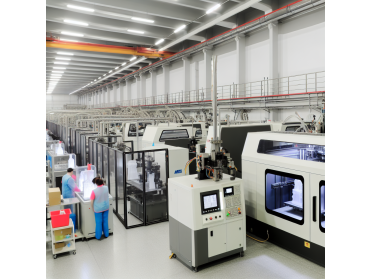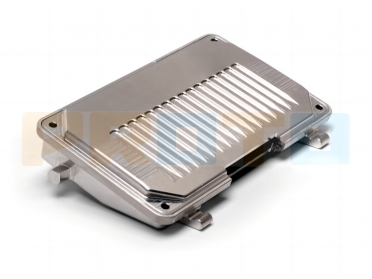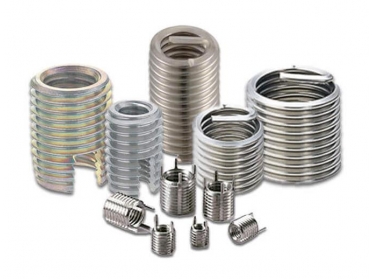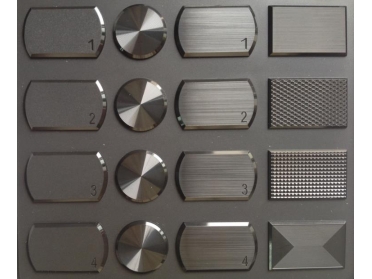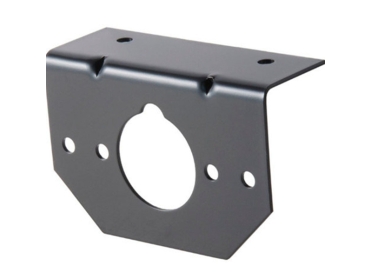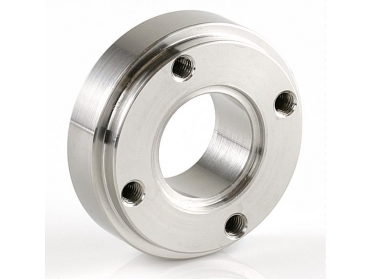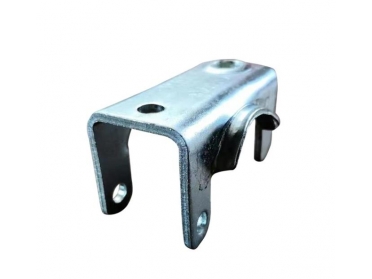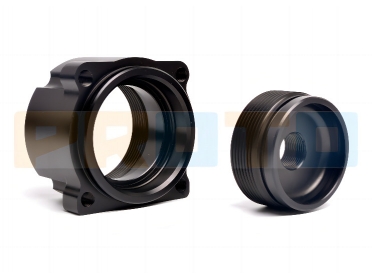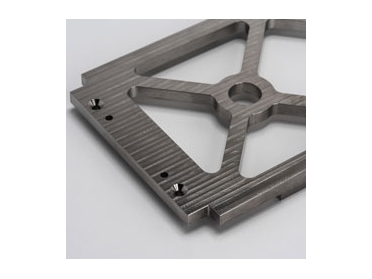Plastics
3D Printing vs Injection Molding: Which is Better?
Mar,19 2024
Compare the game-changing methods of 3D Printing vs Injection Molding to see who comes out on top.
Bead blasted
Jul,03 2023
Bead blasting is a surface treatment process that involves propelling abrasive media at high speed onto a workpiece's surface, creating a roughened, matte appearance. The process has become increasingly popular in various industries, including aerospace, automotive, and construction. Bead blasted type offers several material properties that make it ideal for different applications, including resistance to corrosion, wear, and galling. In this blog post, we will delve into the different types of bead blasting, their material properties, available processing methods, and industry and parts applications.
Threaded Inserts
Jul,03 2023
Threaded inserts are widely used components that enhance the functionality and effectiveness of mechanical products. These inserts provide a reliable and efficient fastening solution for a range of applications in different industries. If you're a mechanical engineer, a buyer, or a designer looking to enhance your knowledge of threaded inserts, this comprehensive guide is for you. In this blog post, we will provide a detailed overview of threaded inserts, the types, material properties, processing methods, and industry and parts applications. By the end of this guide, you'll be well-equipped to make an informed decision on threaded inserts that best meet your needs.
Mold Texturing
Jul,03 2023
Mold texturing is a crucial aspect of plastic manufacturing that affects the overall look, feel, and functionality of the final product. Understanding the different types of textures, material properties, processing methods, industry applications, and parts applications is important to select the right mold texturing solutions for specific product requirements. By having a better understanding of the mold texturing process, mechanical engineers, buyers, and designers can make informed decisions while selecting the best mold texturing solution to meet their needs.
Laser Engraving
Jul,03 2023
Laser engraving technology is a game-changer in the manufacturing industry. It offers a non-contact way of creating intricate and precise markings on a variety of materials. When selecting the right laser engraving type, understanding the material properties and available processing methods is essential. The industry applications of laser engraving are vast, and it has become an essential tool for achieving high accuracy, speed, and precision in manufacturing. By staying up-to-date with the latest laser engraving advances, engineers, buyers, and designers have the ability to create unique and innovative products that meet the needs of their customers.
Nickel Plating
Jul,03 2023
Nickel plating is a widely-used electroplating process that provides excellent corrosion resistance, wear resistance, and oxidation resistance to metal parts. It is extensively used in various industries, including automotive, aerospace, medical, and electronics. However, choosing the right type of nickel plating, understanding its material properties, and selecting the appropriate processing methods can be challenging. In this blog post, we will provide a comprehensive guide to nickel plating, covering its types, material properties, processing methods, industry applications, and parts applications. This guide aims to help mechanical engineers, buyers, and designers who are looking for information regarding nickel plating.
Zinc Plating
Jul,03 2023
Zinc plating is a popular surface treatment known for its ability to protect metal parts from corrosion and wear. This electroplating process involves coating a metal substrate with a thin layer of zinc, which forms a barrier between the metal and its environment. Zinc plating is widely used in a variety of industries, including automotive, aerospace, and electronics. In this blog post, we'll take a closer look at the different types of zinc plating, material properties, available processing methods, and industry and parts applications.
Polishing
Mar,08 2023
Polishing Service is a surface finishing process that is commonly used in precision machinery and optical industries. The main purpose of this process is to reduce surface roughness and provide a smooth and reflective surface on CNC components or workpieces. Polishing is achieved using physical machinery or chemicals, such as sandpaper, flat wheels, abrasive sticks, ultra-precision polishing tools, and turntables. Polishing is a great way to impart a sheen to cottons without making them stiff as glazed types. It is usually achieved by mercerizing the fabric and then passing it through friction rollers.
